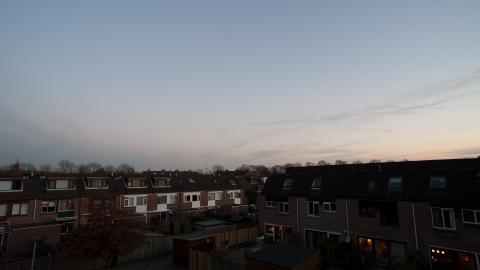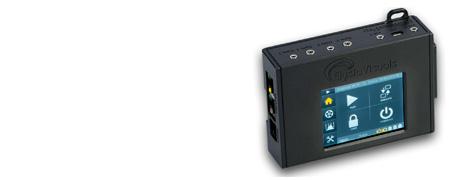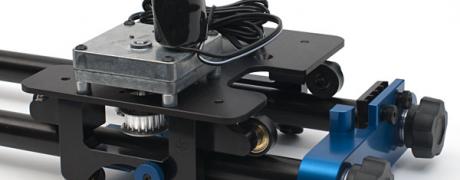First test results of the ElysiaVisuals exposure ramper / timelapse controller
Here is the first test result of our upcoming timelapse controller. We did a ramping test where the camera is fully controlled via USB. This means that the camera is set to Manual by the controller. ISO and shutter speeds are also set by the controller. No manual intervention was needed. You just need to set the correct runtime parameters on the controller and you are good to go. The controller has a simulation mode which gives you very detailed information about the sequence that it will create. That way you can easily plan your timelapse sequence in advance.
The start shutter speed was 0.1 second (at ISO 100) and the final shutter speed was 3 seconds (at ISO 3200). The camera was set to bulb at 1.1 seconds. ISO was shifted when the shutterspeed reached 2 seconds. This means that we shifted the ISO value over 6 stops. We have used a Nikon D700 for this test. No deflicker or any other post processing was performed on the movie. The ramper automatically creates XMP files that contain the exposure corrections that are needed to get smooth transitions. These files are imported by Adobe Lightroom when the images were imported.
The big advantage if the ElysiaVisuals ramper is that it can ramp with normal, non bulb, shutter speeds. That is a big advantage compared to the standard ramping solutions that you can find because this gives a much higher exposure range. The standard (bulb)rampers will only work with very slow shutter speeds and you have to resort to filters when there is too much available light. Some rampers support "ISO shifting", but you need to manually set the ISO value on your camera compared to our automated control. Another disadvantage of the available rampers is that they cannot work with a Nikon camera. The ElysiaVisuals ramper can ramp over 20 stops with Nikon (and Canon) support.
Please bear in mind that we are not finished yet. We are currently running all kinds of tests. But we have started the design of our final, production, version.
There is one glitch at 10.5 seconds in the movie. This is due to a software bug that we have ironed out in the current version of the firmware. But we still want to share the very first test results:
- Log in to post comments




